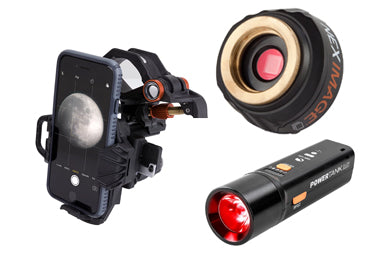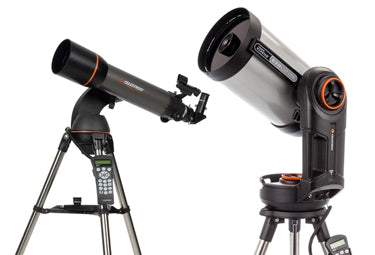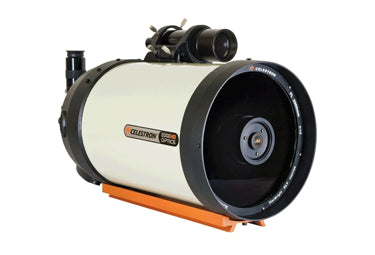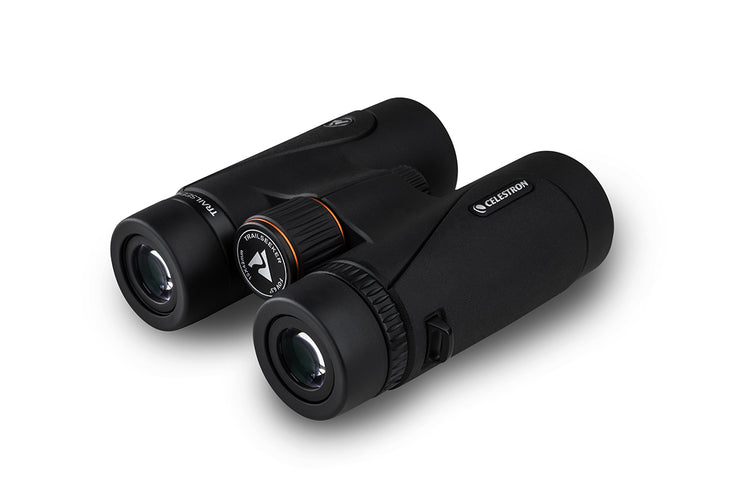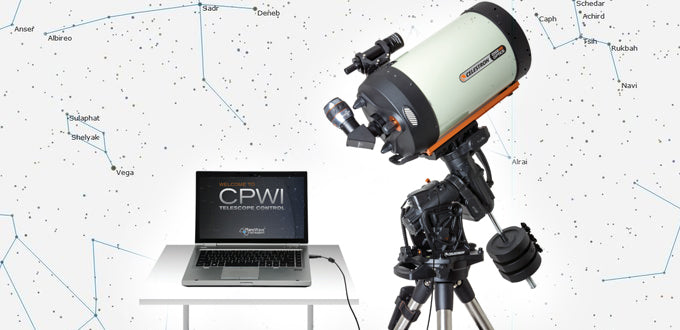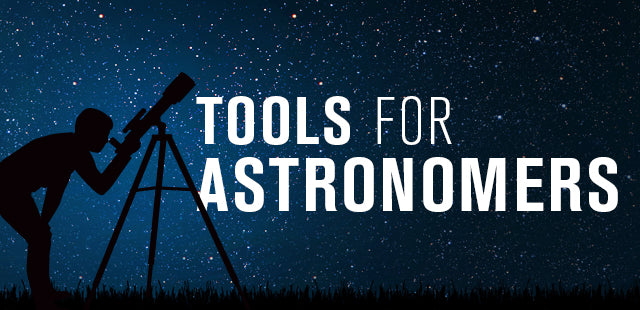Fall Constellation Spotlight: Andromeda
December 14, 2023

Night has become noticeably longer, with autumn now in full swing in the Northern Hemisphere. With it, Andromeda, can be seen high overhead and crossing the sky in unison as the night progresses. You can't help but associate Andromeda without Pegasus, as they share the star Alpheratz, although they are separate constellations. This season, we will look at Andromeda, the princess sometimes called the chained lady. Let's explore its history, star patterns, and prominent celestial objects in or around its boundaries.
Andromeda
Andromeda is the 19th largest of the 88 constellations bordered by Pegasus, Cassiopeia, Perseus, Triangulum, and Pisces. In the second century, the Greek astronomer Ptolemy cataloged Andromeda. In ancient Greek mythology, Andromeda was the beautiful daughter of King Cepheus and Queen Cassiopeia. Because the queen was boastful and claimed Andromeda was more beautiful than any Nereid Sea Nymphs, the sea god Poseidon was fervently asked to seek vengeance. Thus, his pet sea monster, Cetus, would be unleashed to destroy Cepheus' kingdom. However, sacrificing Andromeda would save the kingdom and its people, so the king had his daughter chained to a rock in the sea for Cetus to feast upon. Fortunately, Perseus rescued Andromeda using Medusa's head to turn Cetus into stone.
|
|
Notable Stars Alpheratz (Alpha Andromedae) is a tight blue-white binary star system. This subgiant is 97 light-years away and has approximately 200 times the Sun's luminosity. Although it is officially one of the brighter stars of Andromeda at magnitude 2.06, it marks the head of Andromeda and the northeastern corner square star of Pegasus. Alpheratz is derived from an Arabic phrase meaning the horse's navel, but it is now commonly called "the horse's shoulder." Mirach (Beta Andromedae) has an identical magnitude of 2.06 as Alpharetz. It is a cool, red giant that is 200 light-years away. Interesting fact: Mirach's was named somewhat by mistake. It was originally meant to be "Mizar," meaning "loin," but several misspellings gave the name in its present form. Today, Mizar is recognized as the middle star in the Big Dipper's handle. Almach (Gamma Andromedae) is a stunning quadruple-star system approximately 350 light-years away. Although it appears as a single-star system to the naked eye, in a small telescope, it appears as a golden-yellow star next to a dimmer, bluish star, separated by approximately 10 arcseconds. Observers often compare the pair to a more famous and similarly colored double star, Albireo, as they are easy to observe. However, Almach's blue secondary is a triple star system seen in large aperture telescopes in steady seeing and can be split into components of magnitudes +5.1 and +6.3. |
|
|
Deep Sky Objects The Great Andromeda Galaxy, Messier 31, is Andromeda's most famous celestial object. It is the nearest spiral galaxy to our Milky Way, only 2.5 million light-years away, and the most distant object humans can see with their eyes from Earth. At one time, the Andromeda Galaxy was regarded by astronomers as a component of the Milky Way and called a spiral nebula. With an apparent magnitude of 3.4, it is visible as a hazy patch of light from dark sky locations on moonless autumn nights. As viewed from Earth, M31 is large, about 3 x 1 degrees, or six times the size of the Full Moon! Scientists believe the galaxy is between 5 and 10 billion years old and contains approximately 1 trillion stars—more than the amount estimated in the Milky Way. At least 13 dwarf galaxies are orbiting M31; however, its brightest companion galaxies, Messier 110 and Messier 32, are observable in amateur telescopes. To locate the Andromeda Galaxy, use Mirach to form an imaginary line to the third-magnitude star Mu Andromedae. Extend the imaginary line approximately the same visual distance beyond Mu Andromedae to locate this famous galaxy.  |
 |
NGC 752, also known as Caldwell 28, is a sixth magnitude open cluster located 5 degrees south and slightly west of the quadruple-star Almach. The cluster was discovered by German-born British astronomer Caroline Herschel in 1783, and her famous brother William Herschel cataloged it in 1786. NGC 752 is a large cluster that lies 1,400 light-years away and contains a loose collection of 60 to 70 stars that are no brighter than 9th magnitude. |
 |
NGC 891 is a famous edge-on spiral galaxy that appears like a flying saucer and was discovered by German-born British astronomer William Herschel in 1784. As seen in small telescopes, it appears as a faint 10th-magnitude light smear. In larger telescopes, NGC 891 is visible in a large star field, and its distinct dark dust lane separates its galactic plane. |
 |
NGC 7662 is a small but bright 8.3 magnitude planetary nebula discovered by German-born English astronomer William Herschel in 1784. Nicknamed "Blue Snowball," it is a popular celestial target easily observable in small telescopes. A 6-inch telescope at 100x reveals itself as a bluish disk, while larger aperture telescopes reveal more color and detail. A faint central star is variable within its nucleus with an estimated magnitude between 12 and 16. |
The autumn sky is in a transitional season that lacks the brilliant stars and distinct constellations of the winter, spring, and summer seasons, as we are now looking out of the plane of our Milky Way Galaxy. Even so, several noteworthy celestial objects in Pegasus and Andromeda can be observed through binoculars or telescopes. What a perfect time to share the view of our Milky Way's nearest spiral neighbor, the Andromeda Galaxy, with your family and friends before the cold sets in with winter's arrival.
Clear skies and happy observing!

